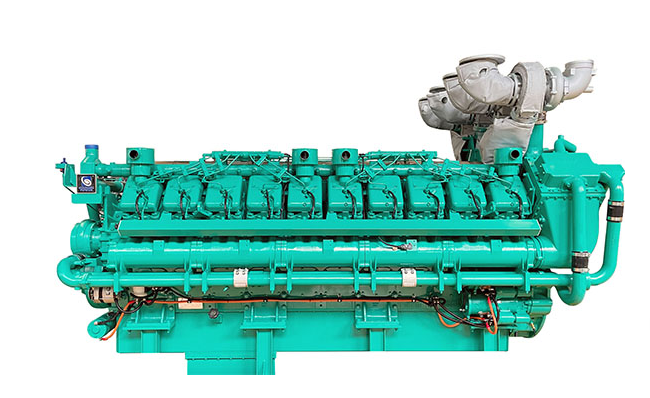- HOME
- ABOUT GOOGOL
- PRODUCTS
DIESEL ENGINE
GENERATOR SETS
- DOWNLOAD
- CASES
- NEWS
- CONTACT US
DIESEL ENGINE
GENERATOR SETS

The rated power, voltage, frequency and other parameters of the generator are determined based on multiple factors.
Firstly, the determination of rated power mainly considers the following aspects. On the one hand, application requirements are a key factor. If providing electricity for large power plants such as factories and commercial buildings, the rated power of the generator needs to be determined based on the total power demand of their electrical equipment, the simultaneous operating coefficient, and possible future expansion needs. For example, in a large factory with numerous high-power mechanical equipment, when calculating the power of the generator, it is necessary to calculate the total power of all equipment, and then consider the situation where the equipment is not operating at full power at the same time. Multiplying it by a simultaneous operation coefficient can determine the rated power of the generator that can meet the normal production of the factory. On the other hand, the installation environment and heat dissipation conditions of the generator can also affect the determination of the rated power. In harsh environments such as poor ventilation and high temperatures, the heat dissipation capacity of the generator is limited, and it may be necessary to reduce the rated power to prevent overheating and damage.

Secondly, there are also multiple factors to consider when determining the rated voltage. One is the voltage requirement for electrical equipment. Different electrical equipment has different rated voltage requirements, and the rated voltage of the generator needs to be matched to ensure that the equipment can operate normally. For example, common household appliances typically use 220V voltage, while some industrial equipment may require 380V or higher voltage. The second is the distance and loss of power transmission. In long-distance power transmission, in order to reduce line losses, it may be necessary to increase the output voltage of the generator. In addition, the standard voltage of the power grid is also an important reference for determining the rated voltage of the generator, so that the generator can be smoothly connected to the power grid.
Finally, the determination of frequency mainly depends on the electricity standards in the region. There are currently two main frequency standards in the world, 50Hz and 60Hz. Different countries and regions have chosen different frequency standards based on historical, technological, and other factors. The frequency of the generator must be consistent with the frequency of the local power grid in order to achieve stable power supply and parallel operation with the grid. Generally speaking, generators are adjusted and calibrated according to specific regional frequency standards during design and manufacturing.
In summary, the rated power, voltage, frequency and other parameters of the generator are determined by comprehensively considering various factors such as application requirements, electrical equipment requirements, installation environment, power transmission, and regional power standards.